Stockholm shuts coal plant ahead of schedule
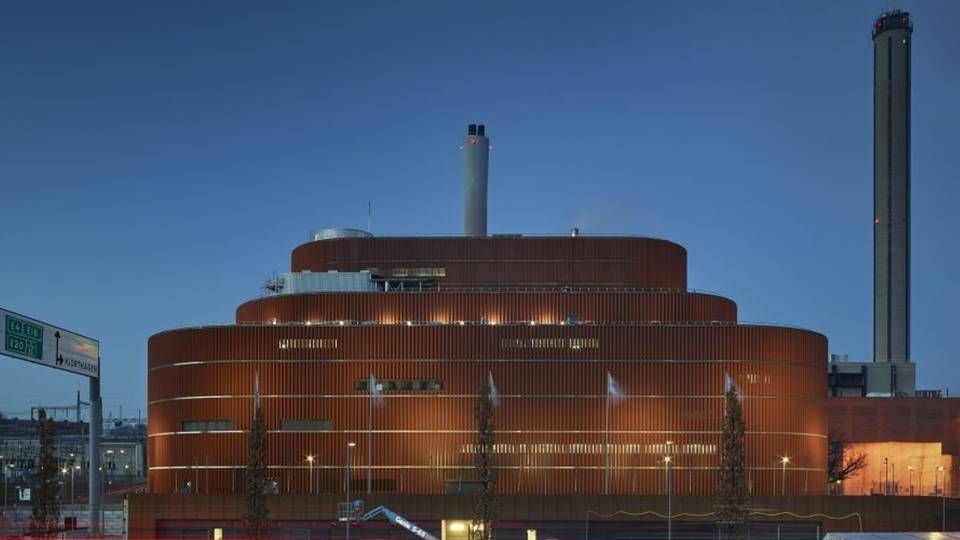
Stockholm's coal-fired combined heat and power plant with the catchy name of KVV6 fell idle already in the autumn of 2019, when one of its two cauldrons were shut down.
The other boiler was meant to be held in reserve for peak loads in the heating supply, but the unusually mild winter meant that KVV6's coal-fired boiler has stood unused and cold like a fossil remnant throughout the last six months.
It actually hasn't been used a single time. Stockholm Exergi, which operates the Värtaverket plant, which the coal-fired cauldrons are presently a part of, is taking stock and excluding coal from the city's district heating system earlier than planned.
"This facility has supplied Stockholm's residents with heating and electricity for a long time, but we know we must stop burning fossil fuels, and we're thus discontinuing our use of coal several years ahead of schedule," writes Stockholm Exergi Chief Executive Anders Egelrud in a statement on the company's website.
When KVV6 was functioning at full power, its capacity of 454 MW could generate 250 MW of heat and 145 MW of electricity.
Drove the development of Stockholm
The original plan from 2018 was to close the plant in 2022.
It's not, however, without a degree sombre reflection that Egelrud presides over the decommissioning of the coal-fired boilers.
The facility's construction, completed in 1989, marked the beginning of the rapid growth spurt in which Stockholm is currently in – a reliable heating supply was a bottleneck for the city's growth, and coal was the city's salvation.
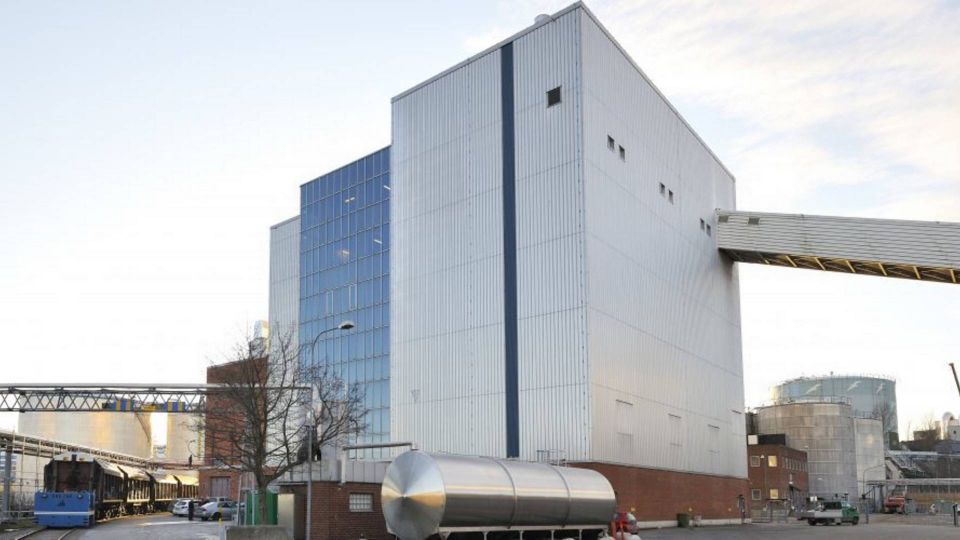
Today, Stockholm with its nearly 2.3 million residents is the largest city in Scandinavia, and if this speedy growth continues, the city will have 4.5 million residents by 2045 and be the fifth-largest in Europe, only surpassed by Moscow, St. Petersburg, Istanbul and London.
Next step is CCS
Stockholm’s Vice Mayor for Climate and Environment Katarina Luhr sees the closing of KVV6 as a strong, if insufficient step.
"This is not enough. We need to work on becoming climate-positive by capturing and storing CO2. I also hope that Stockholm will be at the forefront in this matter," she says, referring to Stockholm Exergi’s voyage into the budding world of carbon capture and sequestration (CCS).
This happened in December, when the company initiated a CCS trial at none other than Värtaverket. The thermal power plant, which is to supply a large proportion of power after the shutdown of the coal-fired boilers, is fired by biomass.
The plan is to utilize the large-scale Northern Lights project in the North Sea to store emissions.
English Edit: Daniel Frank Christensen & Jonas Sahl Jørgensen
Giant wind farm starting up is another blow to nuclear industry
Related articles
BWSC loses all steam
For subscribers
Power plant sets new direction, quits coal
For subscribers

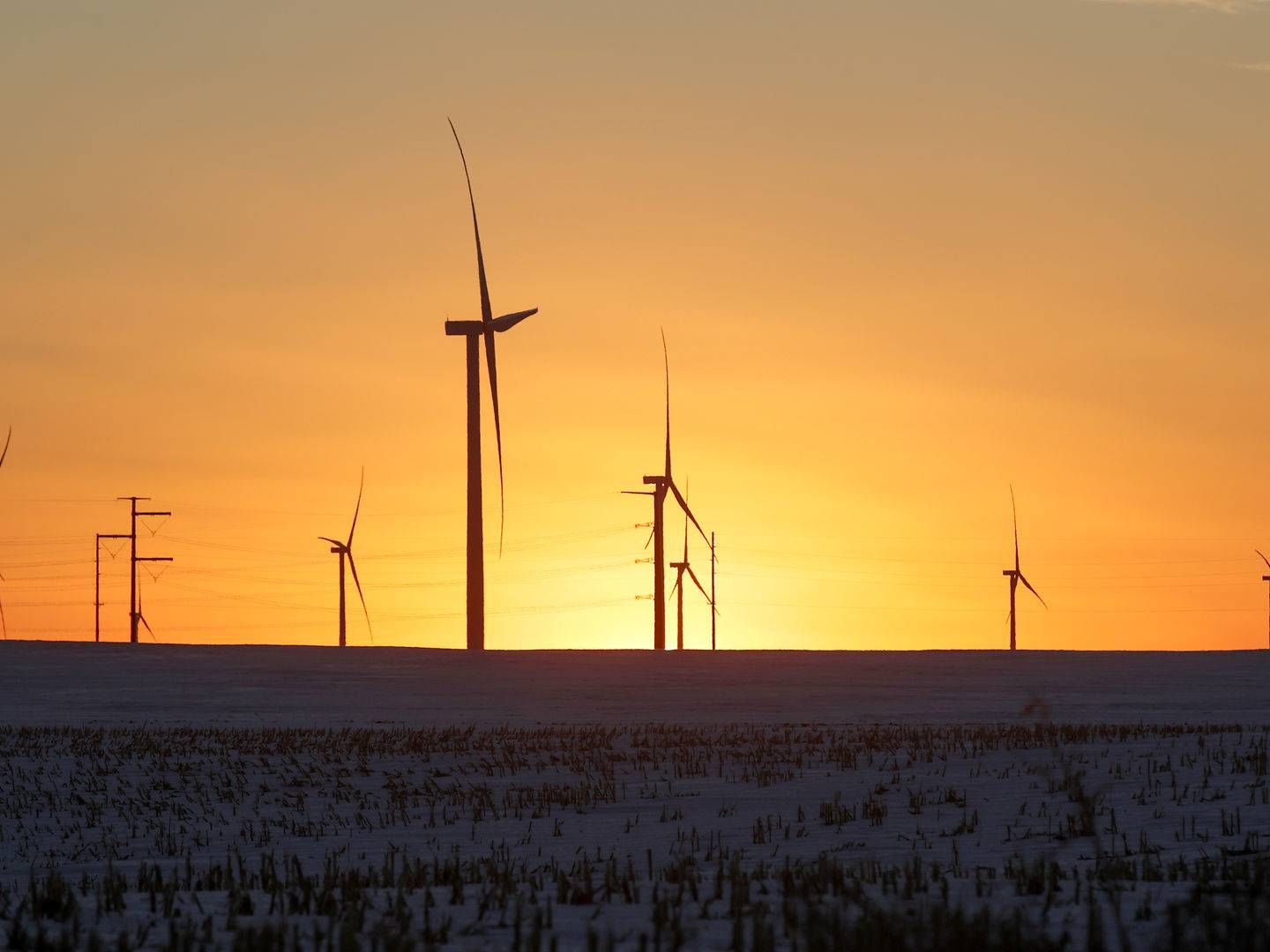
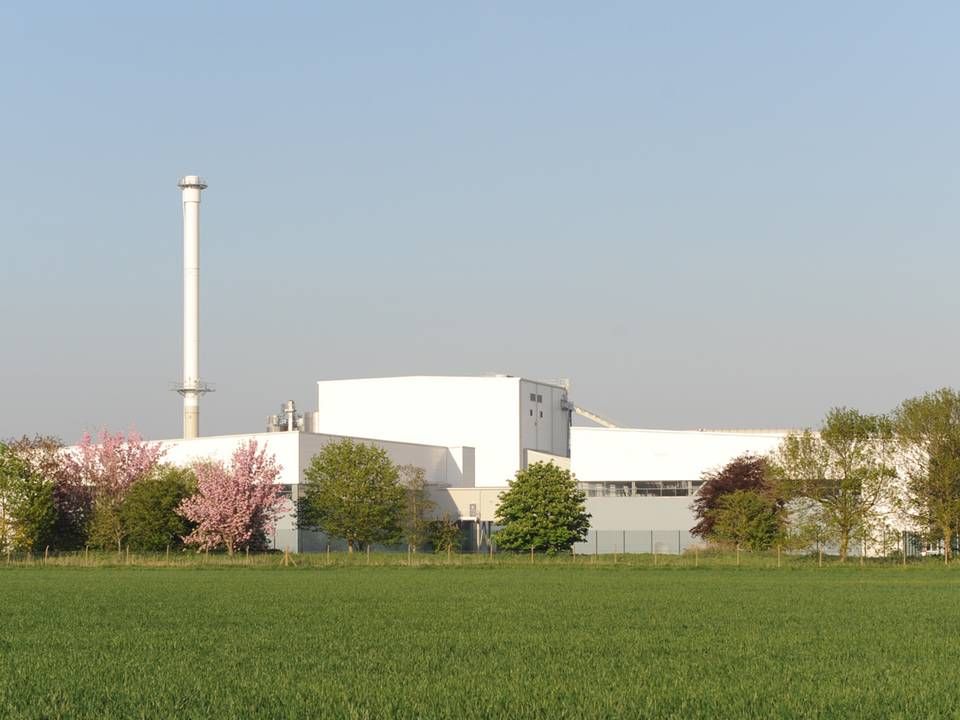
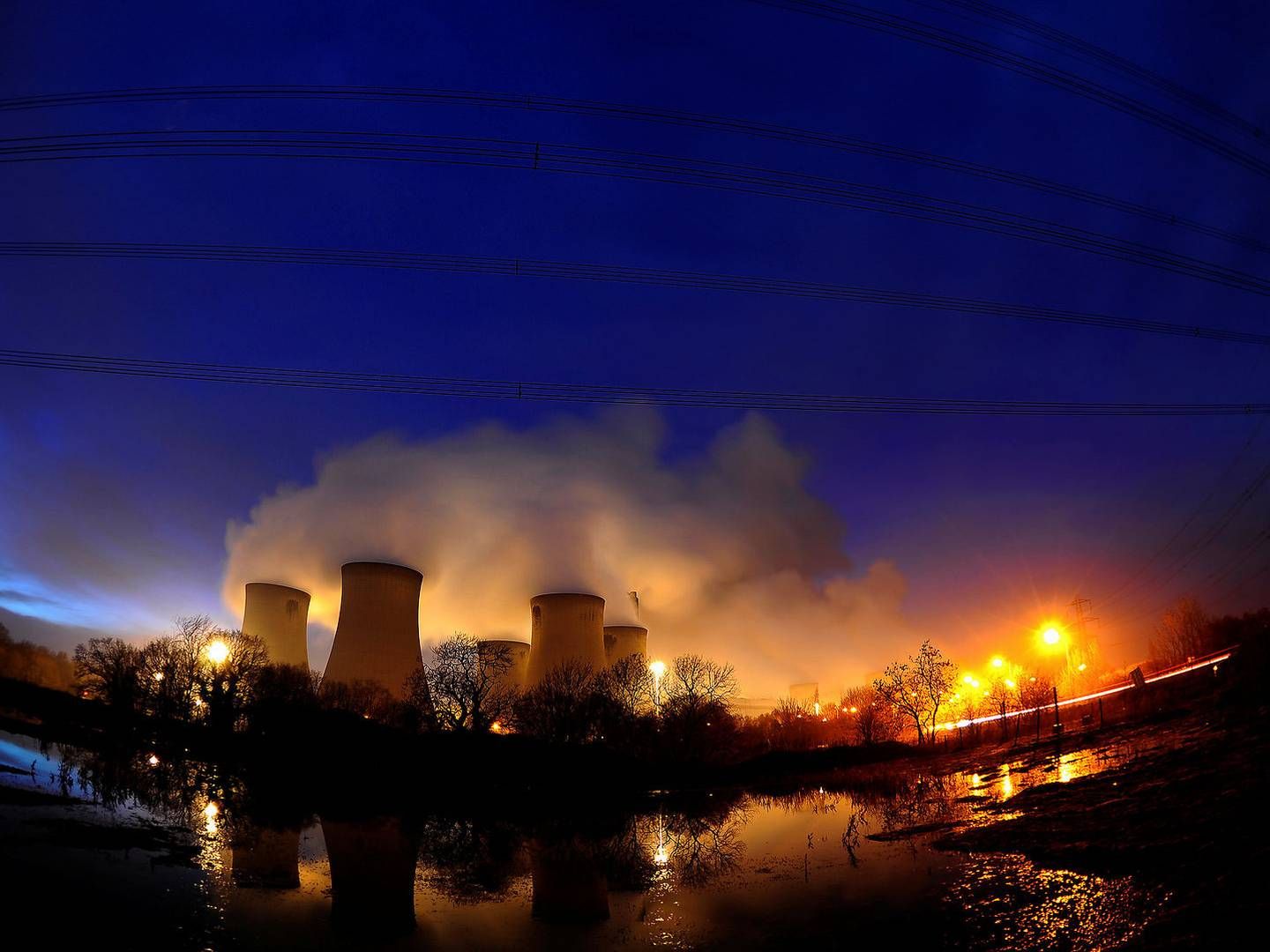




















.jpg&w=384&q=75)
